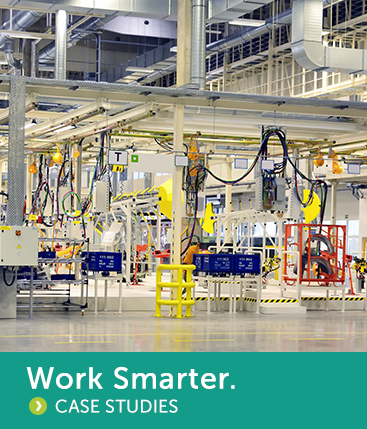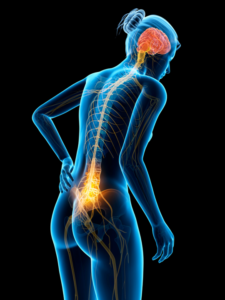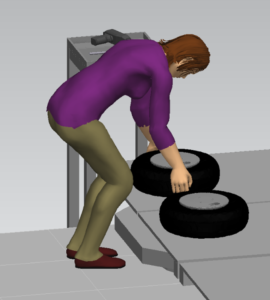Consider these tips for a safer and more efficient kitchen:
- Place the heaviest items on shelves that are easily accessible and lift from
- Ensure all hand tools have a large grip
- Keep your knives and scissors sharpened
Want more tips? See below for the full article and references.
—
It’s hard enough for most people to consider the way in which they interact with the environment at work. How many of us actually consider what we are doing in the home environment? The principles of ergonomics are the same, even when the environment changes. And yet… how many of us put those principles into action at home?
Consider the kitchen. Take a look in your pantry, or in your cupboards. The canned goods are probably all stacked and lined up together, cereal boxes stacked neatly on the shelves. Look a little closer – what are the heaviest items in your kitchen? Where are they located? Which items do you use the most? Are they located near the area in which you use them? How many times do you find yourself walking across the kitchen to get a glass, then walking back to get ice, and then some water? When you bring in groceries, where do you put them? Do you have the right tools for the job?
Below is a quick checklist to help you be more efficient, and safer in your kitchen:
- Are your paths clear in the kitchen, especially those traveled most often?
- Are the heaviest, or most frequently used items easily accessible in the working zone of your cabinets, countertops and refrigerator?
- Where do you prepare food? Is the location central to all the needed tools/ingredients?
- Do you use a step stool when needed to reach items on upper shelves?
- When doing dishes, have you considered opening the cupboard door under the sink and placing one foot on the shelf to make standing more comfortable for your back?
- Are you using the best tools for the job?
- Hand tools should have larger, more comfortable handles.
Consider specially designed tools, such as knives with angled handles, kitchen scissors or jar openers. Remember to keep kitchen knives and scissors sharpened.
Use powered appliances such as blenders, food choppers, processors and electric can openers to reduce repetitive motions.
When you get home, take a few minutes to consider how you can apply ergonomic principles to tasks you do everyday. Work smarter at work – and at home!








 Why Sandalwood?
Why Sandalwood?


 We are a one-stop-shop for launching job rotation for any employer from conception to implementation. Our experts tailor our services to meet the needs of our customers by collaborating with them throughout the entire process. We do not offer cookie cutter solutions for job rotation because the needs of employers vary significantly.
We are a one-stop-shop for launching job rotation for any employer from conception to implementation. Our experts tailor our services to meet the needs of our customers by collaborating with them throughout the entire process. We do not offer cookie cutter solutions for job rotation because the needs of employers vary significantly. Why Sandalwood?
Why Sandalwood?



 Sandalwood is pleased to offer solutions above and beyond the traditional ergonomic assessments. With an in-depth knowledge of various digital human modelling software suites, integration and adoption to your health and safety programs has never been easier. Sandalwood is experienced in ergonomic program design as well as industry leaders in digital human modelling services. We have a diverse team that is able the leverage the results from the digital human model to provide in depth risk assessments of future designs and current state. Sandalwood is also able to pair these assessments with expertise and provide guidance on the best solution for you. Sandalwood is also on the forefront of emerging technologies and able to integrate Motion capture, Wearables, and extended or virtual reality into your ergonomic program.
Sandalwood is pleased to offer solutions above and beyond the traditional ergonomic assessments. With an in-depth knowledge of various digital human modelling software suites, integration and adoption to your health and safety programs has never been easier. Sandalwood is experienced in ergonomic program design as well as industry leaders in digital human modelling services. We have a diverse team that is able the leverage the results from the digital human model to provide in depth risk assessments of future designs and current state. Sandalwood is also able to pair these assessments with expertise and provide guidance on the best solution for you. Sandalwood is also on the forefront of emerging technologies and able to integrate Motion capture, Wearables, and extended or virtual reality into your ergonomic program.



